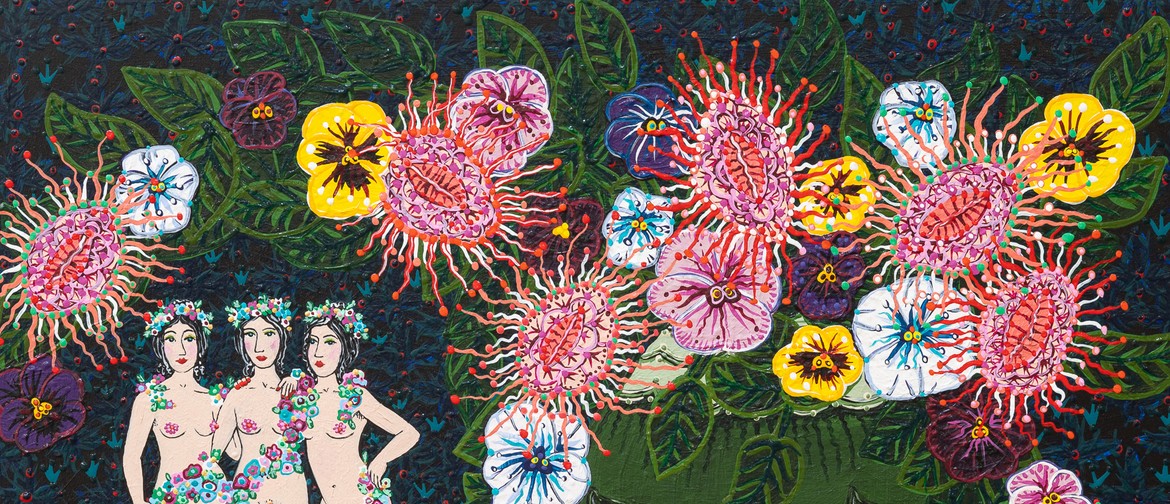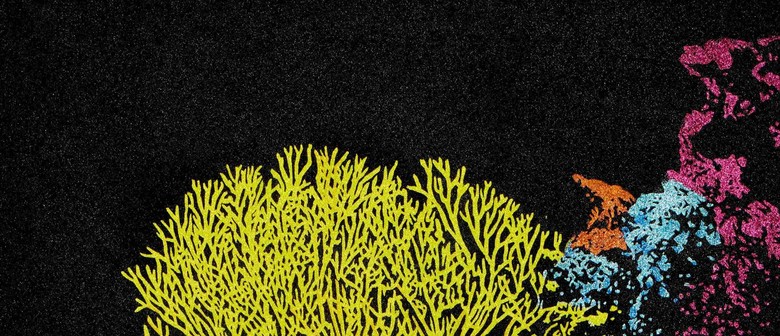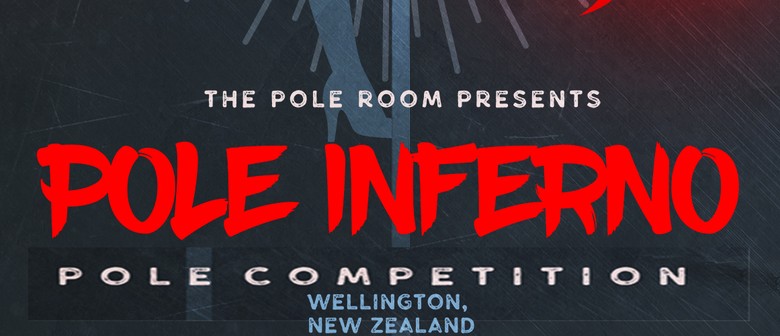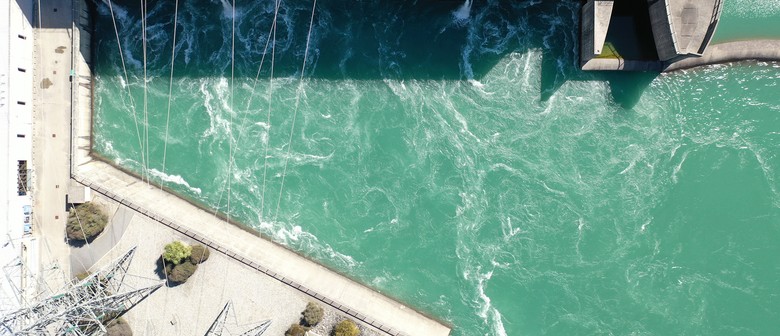Bunch - A Group Exhibition
42 Victoria St, Te Aro, Wellington
Ticket Information
Restrictions
Websites
Listed by
Throughout history many visual artists have turned to the botanical world for inspiration. While the outcome of these flowery meditations may result in the depiction of a seemingly innocuous bunch of painted blooms there is often more to these works than meets the eye.
One might first recall those 17th and 18th Century Dutch still-life floral arrangements laden with elaborate moral and spiritual symbolism. Or perhaps the iconic water lily paintings of Impressionist Claude Monet painted in response to the tragedy of the First World War. Consider Henri Matisse’s famous cut-outs, initially a process used to plan his paintings but in later years a necessity to artistic expression as Matisse’s health and mobility deteriorated. Then there are American artist Georgia O’Keefe’s large-scale closely cropped paintings that transformed botanical subjects into compositions emphasising the vastness of the natural world. Or Swedish artist-mystic Hilma af Klint’s early botanical studies that eventually led to the creation of paintings now considered among the first abstract works in Western art history, and which drew on spiritual and scientific inquiries to better understand the natural and occult, with the artist’s own personal iconography giving form to the various stages of human life.
In Aotearoa, we have our own complex history of artists making work in response to the flora within our natural landscape. There are the pītau or fern fronds that appear within the Māori visual language of kōwhaiwhai, which first emerged carved or painted on the rafters of wharenui; the brightly coloured flowers of Tīvaevae, an art form believed to have been introduced to the Pacific region in the 19th century by missionary wives; Sydney Parkinson’s botanical illustrations made on Captain Cook's voyage to the Pacific; Frances Hodgkins’ bold semi-abstracted still-life paintings featuring flowers and other cyphers of femininity as self-portraits; or Rita Angus’s careful watercolours, hardly ever purely visual representations of plants and flowers, but rather carriers of mystery, symbolism, and significance for the artist.
Today, contemporary practitioners are increasingly making work that highlights the impact upon Aotearoa’s Indigenous ecology as a result of species introduced through colonial expansion and capitalist economies, and further excavating this fertile landscape to explore notions of feminism, sexuality, and reproduction and the ways in which cultural, medicinal, spiritual, and scientific knowledge is passed down through generations or lost to the annals of time.
Bunch features work from artists Laura Williams, Reuben Paterson, Karl Maughan, Sarah Munro, Elizabeth Thomson, Hiria Anderson-Mita, Emily Wolfe, Turumeke Harrington, Rosa Allison, Dick Frizzell, Rita Angus, Jeffrey Harris, Max Gimblett, and Salome Tanuvasa.
Log in / Sign up
Continuing confirms your acceptance of our terms of service.




Post a comment